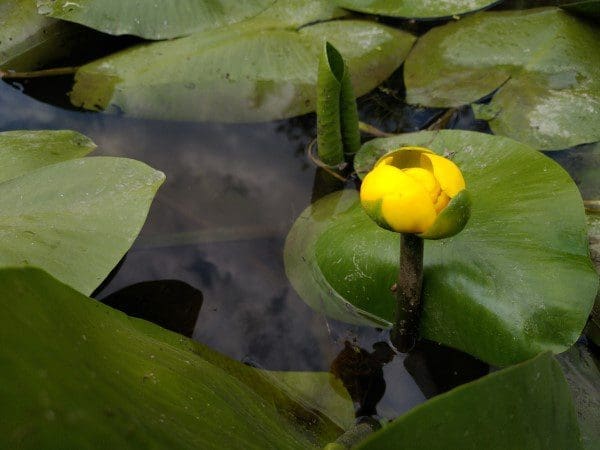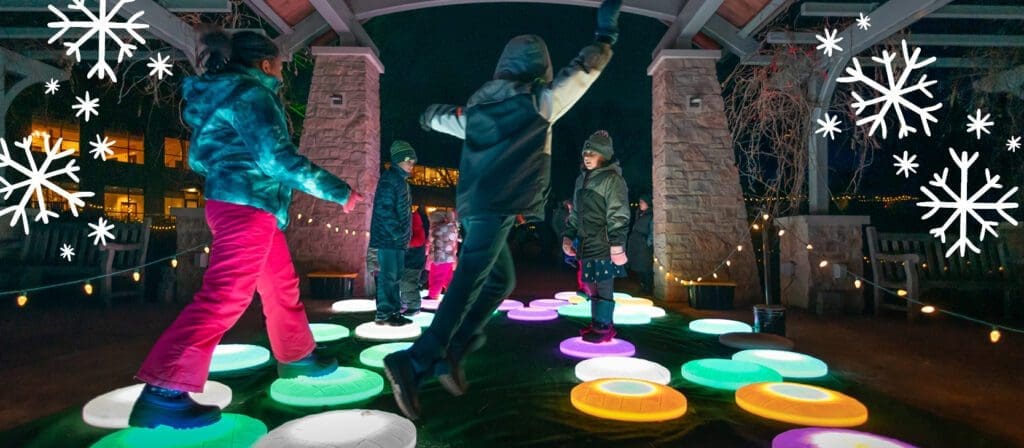With gorgeous blooms and vibrant foliage, lilies are a gorgeous addition to an ornamental pond, but can become quite a nuisance in a recreational body of water. Imagine trying to reel in a fish through a densely knotted mess of stems and pads or, worse yet, detangling the mass from your boat’s propeller. What a nightmare!
But are lily pads actually doing any environmental damage?

Water Lilies in Wisconsin
Water lilies can be an important part of aquatic ecosystems and serve as a primary source of food and habitat for many fish species and other animals. They are present in various depths of freshwater, like streams, ponds, and lakes.
However, not all lily pads are created equal. The yellow water lily5 and the American white water lily1 are both native to our area. In fact, the yellow water lily is a plant of Special Concern in Wisconsin.7
Ornamental water lilies, however, are non-native, and have been recorded as invasive in many of Wisconsin’s small bodies of water.2

Management
Have you ever seen a white sandy beach on an otherwise densely vegetated lake? Because of the aesthetic and recreational drawbacks, some property owners have opted to use aquatic herbicide on water lilies and other plants. To do this legally, an individual must secure a permit through the DNR, but the process isn’t easy.
Right off the bat, the herbicide used must be approved by the USEPA and the DATCP.6 Additionally, neighbors will be notified and given the opportunity to petition. In some circumstances, a certified applicator must apply the chemicals.3 Permits are also required to manually remove water lilies.4

Some residents will forgo the permit all together. This is outside of the law and can result in a nasty fine. It’s also important to remember that not all water lily varieties are harmful, and applying chemicals without guidance can damage non-target organisms.3 To avoid penalties and protect your property’s ecosystem, it’s always advisable to contact your local DNR.
Alternative Control Methods
So, if you aren’t a fan of lily pads, what else can you do to manage them? One major drawback of herbicides is that they don’t reduce nutrient overgrowth. This excess of nutrients is what allows aquatic plants to grow excessively in the first place.

By raking leaves away from bodies of water, making efforts to reduce erosion on shorelines, and mitigating water runoff, you can minimize additional nutrients entering the aquatic system.3 This will ultimately limit the growth of water lilies.

To learn more about lily pads and their role in Wisconsin’s wetlands, visit the Fischer Family Lily Pad Splash Play in the brand-new Carol & Bruce Bell Children’s Garden. Here you can encounter other aquatic critters of Wisconsin and cool off in the water!
Sources
- “American White Water Lily – Nymphaea Odorata.” Authentic Wisconsin, authenticwisconsin.com/water_lily.html. Accessed 12 June 2023.
- “Aquatic Invasive Species.” Wisconsin Department of Natural Resources, dnr.wi.gov/lakes/invasives/aisbywaterbody.aspx. Accessed 12 June 2023.
- “Frequently Asked Questions about Aquatic Herbicide Use in Wisconsin.” Wisconsin Department of Natural Resources, 23 June 2011, dnr.wi.gov/lakes/plants/factsheets/GeneralherbicideFAQ.pdf.
- “Mechanized Aquatic Plant Management.” Wisconsin Department of Natural Resources, dnr.wisconsin.gov/topic/Waterways/construction/mechanizedAPM.html. Accessed 12 June 2023.
- “Nuphar Lutea (Yellow Pond Lily).” Lady Bird Johnson Wildflower Center – The University of Texas at Austin, www.wildflower.org/plants/result.php?id_plant=nulu. Accessed 12 June 2023.
- “Waterway and Wetland Permits: Part III – Management of Aquatic Plants and Algae in Ponds.” Wisconsin Department of Natural Resources, dnr.wisconsin.gov/topic/Waterways/factsheets/aquaticplantbook/part3.html. Accessed 12 June 2023.
- “Yellow Water Lily (Nuphar Advena).” Wisconsin Department of Natural Resources, 5 May 2021, https://dnr.wi.gov/topic/EndangeredResources/Plants.asp mode=detail&SpecCode=PDNYM04019.




